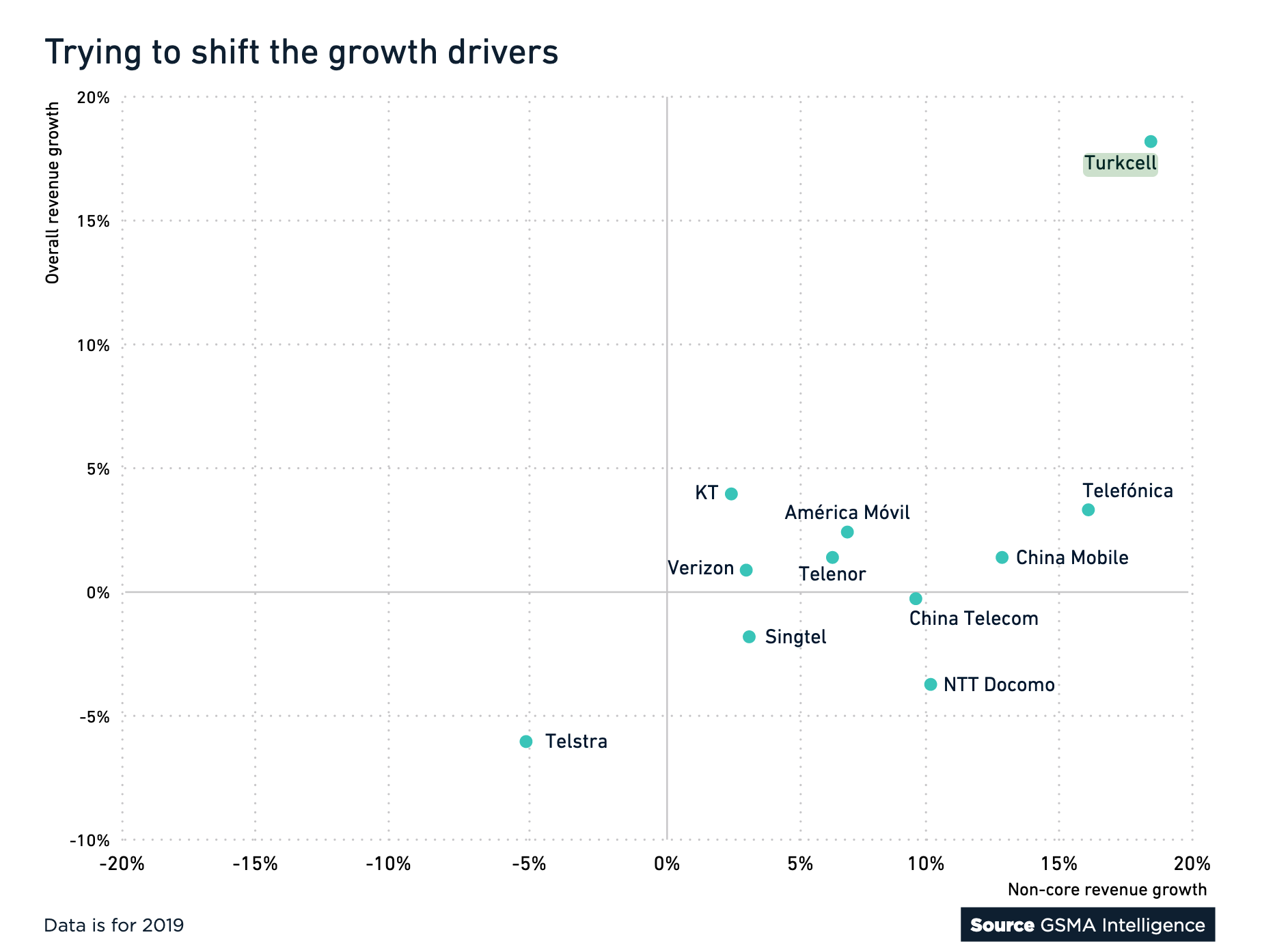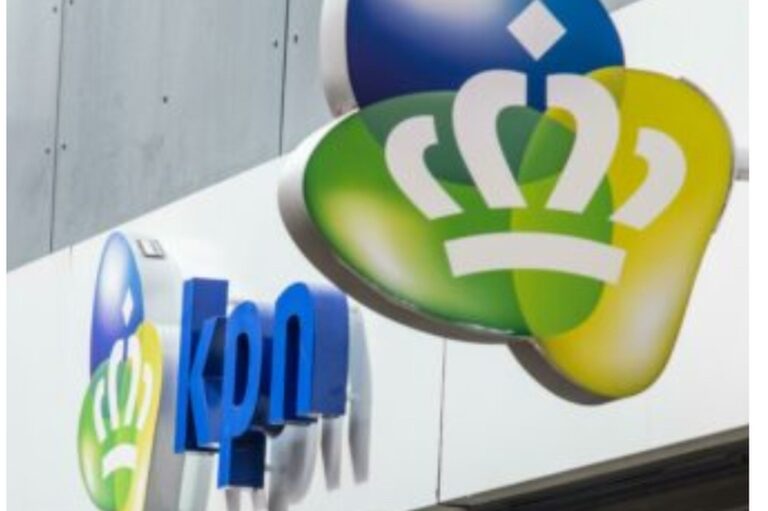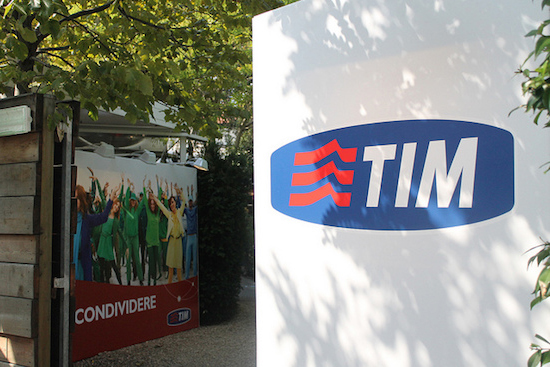By Malik Saadi, Vice President, Strategic Technologies, ABI Research
Qualcomm and Vodafone are joining efforts to co-create a practical blueprint to make it easier for infrastructure suppliers to build 5G equipment using Open Radio Access Network (RAN) technology.
These reference designs are expected to be ready in 2021 with trials planned for 2H 2022 and commercial deployment to follow soon after that.
Market dynamics in 2021
According to ABI Research’s market data and forecasts, Open RAN attracted a very minor market share in 2020, close to 0.5% of total cellular network deployments.
This is expected to increase to 2% in 2021 but is still a very small share compared to the traditional RAN market. In North America, ABI Research expects 75,000 Open RAN radios to be deployed in 2021, when there will be more than 3 million traditional radios in the same continent.
Although Open RAN promises significant benefits, the market has yet to create the necessary products, economies of scale, and adoption rates in early 2021.
Despite the current focus on open interfaces, Open RAN has already provided a glimpse into the future of mobile networks, including the innovation that will likely enter the network through the radio interface controller (RIC).
Greenfield operators
In 2021, Open RAN deployments are limited to greenfield operators for large-scale deployments. Brownfield operators are still exploring their options and adopting the new technology without disruption to their commercial, technology, and operational plans.
This is an important aspect to consider, especially when considering that Open RAN networks are still facing integration challenges with legacy infrastructure.
However, it is essential for brownfield operators to embrace the technology and drive interest toward solving these integration issues and allow the new technology to be deployed in urban areas, rather than be limited to niche use cases and rural deployments.
For these reasons, new coalitions have been formed:
• In the US, the Open RAN Policy Coalition was formed to drive the adoption of open and interoperable solutions in the RAN. Members include AT&T and Verizon Wireless.
• In Europe, Deutsche Telekom, Orange, Telefónica and Vodafone signed a Memorandum of Understanding (MoU) to drive the adoption of Open RAN throughout their footprints, which Italy’s TIM has joined.
Need for scale
Several of these operators have expressed their support for the new technology, including Vodafone, which stated that it is expecting to deploy Open RAN in rural areas in 2021 and in urban areas in 2022.
However, Vodafone Group’s CEO, Nick Read, also stated that “…we need operators to scale this to improve functionality and efficiency going forward.” Clearly, the technology has room to improve, especially for urban deployments.
To address this, the telco infrastructure supply chain is evolving, with chipset vendors now developing flexible chipsets that can power Open RAN equipment.
Traditionally, telco infrastructure, particularly radios and baseband units, have relied on custom silicon that took years to develop, thus requiring heavy upfront investment that few companies could afford.
These new flexible chipsets will enable new types of companies to create equipment that can be used in large-scale deployments.
Needed: product blueprints
The two ends of the equipment supply chain are very limited, with a few large vendors on one end (Ericsson, Huawei and Nokia), and a few small vendors on the other (Altiostar, Mavenir and Parallel Wireless).
What is needed to help small and new companies create this much-needed innovation, especially in the radio domain? These companies need to focus on network software and protocol stacks, rather than hardware or system design.
The emergence of advanced Open RAN chipsets from companies like Intel, Xilinx, Marvell, Qualcomm, Fujitsu and NEC supporting advanced features, such as massive Multiple-Input, Multiple Output (MIMO) in 2020, has been an encouraging step toward the maturity of Open RAN technology.
It is not enough to widen market opportunities of the technology beyond greenfield implementations: we need suitable and specific network blueprints and implementation guidelines to enable system integrators and operators to piece together different elements to create a full-fledged network.
Next major step
Network reference designs and blueprints are the next major step in the development and maturity of Open RAN and an essential one in taking the technology to large-scale deployment.
These blueprints will help with simplifying the complex development of mobile networks and give smaller vendors a process to follow to create equipment with well-defined interfaces between the different network elements, especially if these blueprints are endorsed by Tier 1 mobile operators.
The availability of these network blueprints will remove much uncertainty and unlock development paths for them.
It will also enable them to drive innovation through their expertise, rather than spending effort and capital to build radio systems and end-to-end network equipment themselves.
Therefore, ABI Research expects that the Qualcomm and Vodafone blueprint is a major development in the Open RAN ecosystem that will allow smaller vendors to create the rapid innovation that Open RAN has promised.
Innovative democracy
Conforming to this blueprint will democratize technology development, with common implementation guidelines accelerating interoperability and helping vendors create equipment that is compatible with this blueprint.
This can lead to large-scale deployments, simplify interoperability testing and compliance with Open RAN standards, and create the foundation for new types of innovation.
Moreover, a common development blueprint for 5G radio units (RUs) and distributed units (DUs) can also create the critical mass of component demand, allowing equipment vendors to reach economies of scale for their equipment sooner. The partnership between Qualcomm and Vodafone may well be the best approach to creating Open RAN blueprints:
• Qualcomm has considerable expertise in the radio domain and is independent of infrastructure vendor priorities. Moreover, the company has a track record in the 3rd Generation Public Partnership (3GPP) and relevant standards, with a good understand of both technology roadmaps and the implementation challenges any vendor is facing. The company has managed to build a strong expertise in radio design, computing integration, and system-level design from the RU to the centralized unit (CU) and DU.
• Vodafone is a leading operator in terms of technology development and was one of the leading operators for the evolution of 5G Standalone (SA) and a pioneer for many new concepts, including Single RAN.
Anecdotally, Vodafone and Qualcomm were the pioneers behind the launch of the Non-Standalone (NSA) 5G New Radio (NR) framework back in late 2017. It comes as no surprise to ABI Research that the two companies are joining forces to mark another millstone in 5G history: the diversification of the 5G supply chain through the adoption of the reference design approach.
Involving standards
ABI Research expects that the launch of this blueprint will be the beginning of a long series of announcements toward the democratization of the open networks market. The company expects to see many equipment announcements and even adoption of this blueprint by many operators, especially in Europe where Vodafone has signed an MoU with other Tier 1 operators.
Moreover, Qualcomm and Vodafone can learn from the application of this blueprint to 3GPP, the O-RAN Alliance, and Telecom Infra Project (TIP) Open RAN, and push for changes that will make deploying future open networks more effective.
The creation of this blueprint is a catalyst that will accelerate the creation of interoperable, scalable, and cost-effective equipment that will be on par with Tier 1 vendor infrastructure. ABI Research expects several market developments following this announcement:
1. These blueprints will accelerate innovation by enabling the Open RAN ecosystem to adopt new features and 3GPP specifications as soon as the standard releases are ratified. ABI Research has been bullish about Open RAN and expects this to overtake traditional RAN by 2030. The Qualcomm-Vodafone blueprint is one foundation for this to happen.
2. They will enable developers to focus on developing software and innovative ideas, tapping into RAN interfaces, rather than focusing on hardware development, which has been a significant barrier of market entry.
3. In Europe, these blueprints will help operators avoid vendor lock-ins, especially when some have been forced to remove Chinese equipment from their networks.
4. The availability of blueprints can create innovation and new developments in areas that have been dominated by large infrastructure vendors, most importantly massive MIMO, and potentially carrier aggregation and dual connectivity in the future. These blueprints can enable many new small vendors to enter the market and make innovation central for differentiating their products.
These are a few examples where the Qualcomm-Vodafone blueprints can create significant traction for the Open RAN space. Several questions remain regarding these blueprints, such as how detailed they will be or the level of hardware dependence, but overall, their creation is a sign of true acceleration of Open RAN.






 Group earnings before interest, taxes, depreciation, and amortisation increased by 17.7% year on year to €3.306 billion in the first three months of the year, while operating profit (EBIT) rose 14.9% to €165 million. Quarterly net profit improved by 26.6% y-o-y to €111 million mainly due to solid operational performance and disciplined financial risk management.
Group earnings before interest, taxes, depreciation, and amortisation increased by 17.7% year on year to €3.306 billion in the first three months of the year, while operating profit (EBIT) rose 14.9% to €165 million. Quarterly net profit improved by 26.6% y-o-y to €111 million mainly due to solid operational performance and disciplined financial risk management.





